Water sport is an adventure that is valuable to those who enjoy outdoor events. Competing by breaking through the waves, this event really helps to relax the body and mind. One way that water sport can be made interesting is through surfing. Different bodies of water present different challenges, and these shape how surfboarding types should be.
Though Surfing is much of paddling, it requires a lot of effort, especially when you choose from the available models. This process helps to exercise the body, especially the upper part, and most importantly, it helps to sponge out mental stress.
However, to achieve this interesting event, you need the best surfboard built for maximum surfing as ignorance something that can lead to frustration. With the perfect knowledge of surfboards, you will be able to ride against the wave, duck dive and perform other skills. So, if you are a beginner, intermediate or professional to the art of surfing, it is better to be fed with the right knowledge before jumping out there to get your first surfboard.
Because of this great water sports event, there are different types of surfboards on the market today, created to meet different styles of surfing. So do you want to spin, maneuver or ride against the waves on water? You are at the right place as we will guide you with in-depth knowledge about surfing board types, their design, pros, and cons.
[amazon bestseller=”surfing board” items=”3″ grid=”3″]Surfing Board Types
For those asking what in particular is the meaning of a surfboard? A surfboard is a light and strong platform board geared to be buoyant enough to hold and support individuals standing on them while riding through an ocean wave.
There are different kinds of surfboards used by surfers depending on their function. The popular ones of the standard which we will discuss in details are; the shortboards, longboards, hybrid boards, funboard, fish board, gun board, and the standup paddleboard.
In summary, a beginner should go for a longboard, because it has more volume and well balanced. An intermediate should go for a board that is in between longboard and shortboard, while shortboards are more comfortable for professionals. Again, some surfboards are ideal for special events.
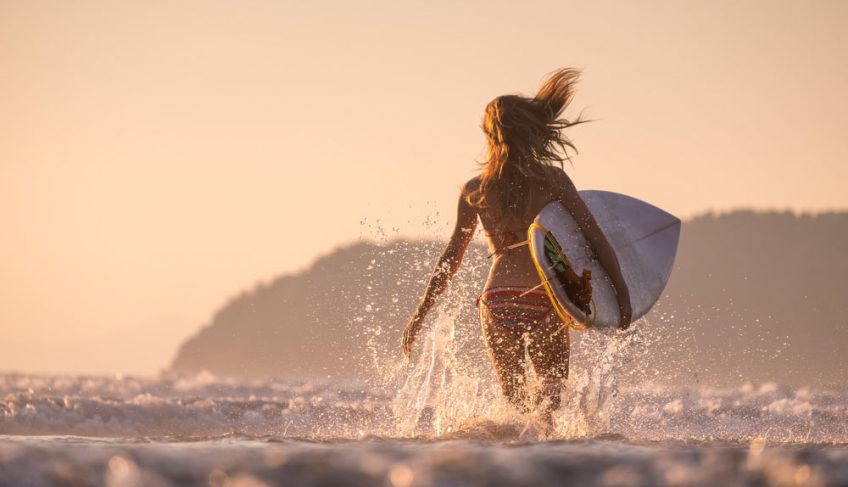
Let’s take a look at each of this surfboards in details.
1. Shortboard
Among the surfboard types, these boards are typical of their name. Short and narrow with a round tail, these boards are 16-19-inch long and 16-19-inch wide. It also features an upturned nose, which prevents the tip of your surfboard to remain deep inside the water. They usually possess 3-4 fin setup, giving the board the ability to perform stunts and other tricks while surfing. Don’t stick your neck out for this board if you are a novice to surfing.
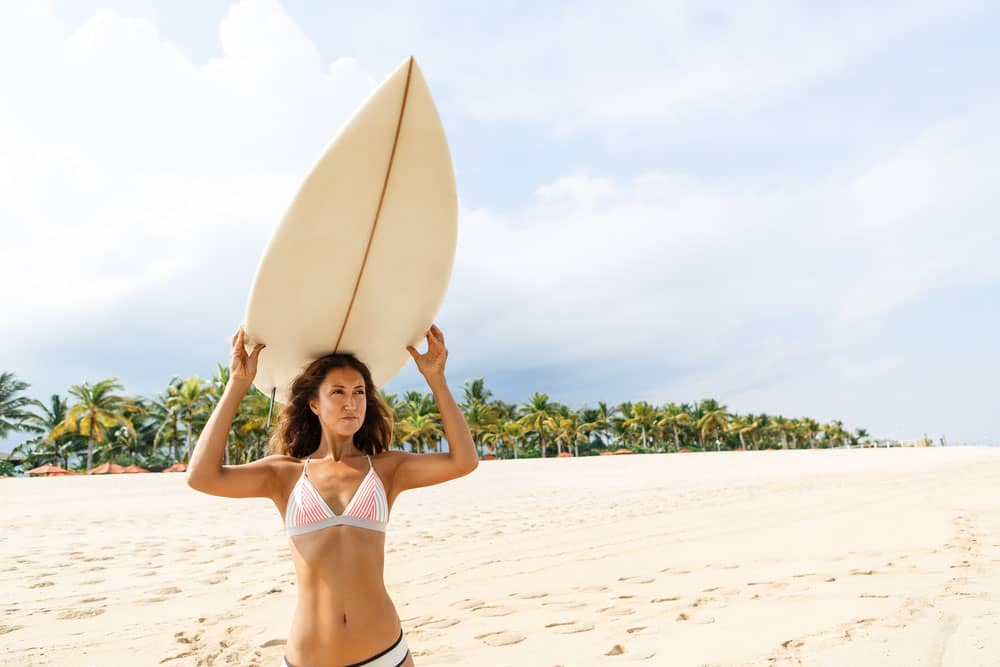
Advantages
- Maneuverable
- Easy to duck dive
- Light in weight
Disadvantages
- Hard to generate speed in weaker waves
- Harder to catch waves
- not suitable for beginners
- Easier to snap than most other boards
This board is well suggested for advanced surfers with more experience about riding through the oceans wave.
2. Longboard
This type of surfboard is long and highly buoyant giving you enough confidence to stand on it while surfing. People refer to this board as cruiser or log. Not difficult to paddle, but very formidable for those who are out to catch the wave easily. The size of this board is within the range of 9-12 inches. The nose is blunt or round but with enough width and wide fin tails. This shows that this board is quite stable. Only a few tricks can be performed with this board as they are created for beginners new to this trend.
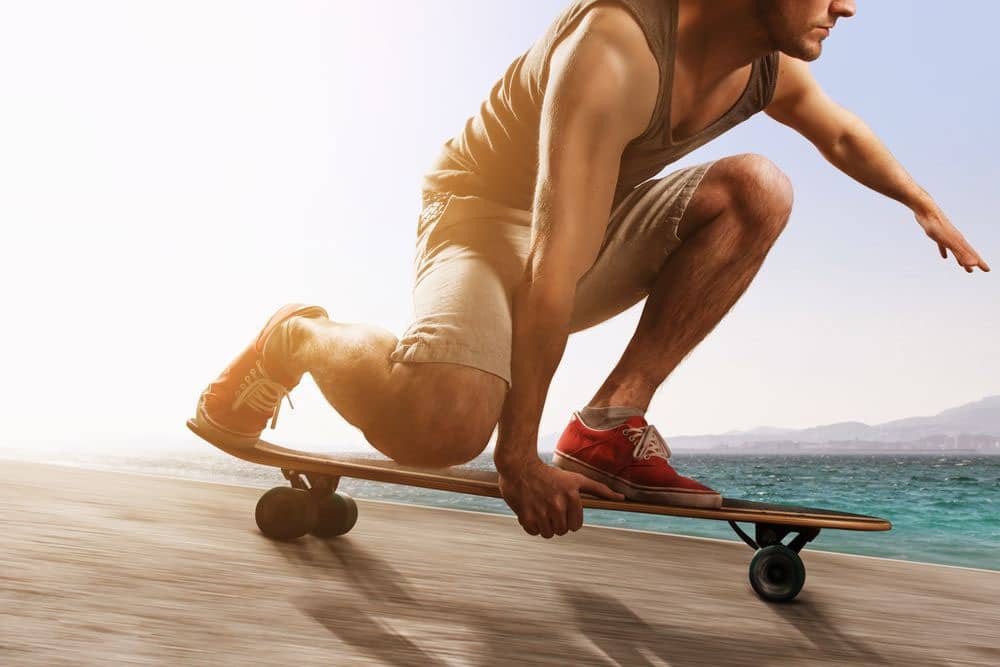
Advantages
- Ideal for learning
- Easy to catches waves
- Performs well in weak, small surf
- Won’t snap as easily
- Excellent resale value
Disadvantages
- Very hard to produce a dive
- Not suitable for hollow surf
- Difficult to travel with or carry around
This board is suggested for small surfing and beginners who are interested in surfing. It offers enough balance for the newcomer to experience how to go through the waves.
3. Hybrid Board
Whether or not you want a hybrid board is an important decision as you head to choose a surfboard. This type is a combination of the features of two similar boards. It might be a mixture of two different surfboard shapes with a target to obtain a new model shape or a mixture of two volumes, for a better buoyancy, etc. the size of this board ranges from 6.6 inches to 8.4 inches, which denotes that it is relatively a shortboard with qualities and functions of two boards.
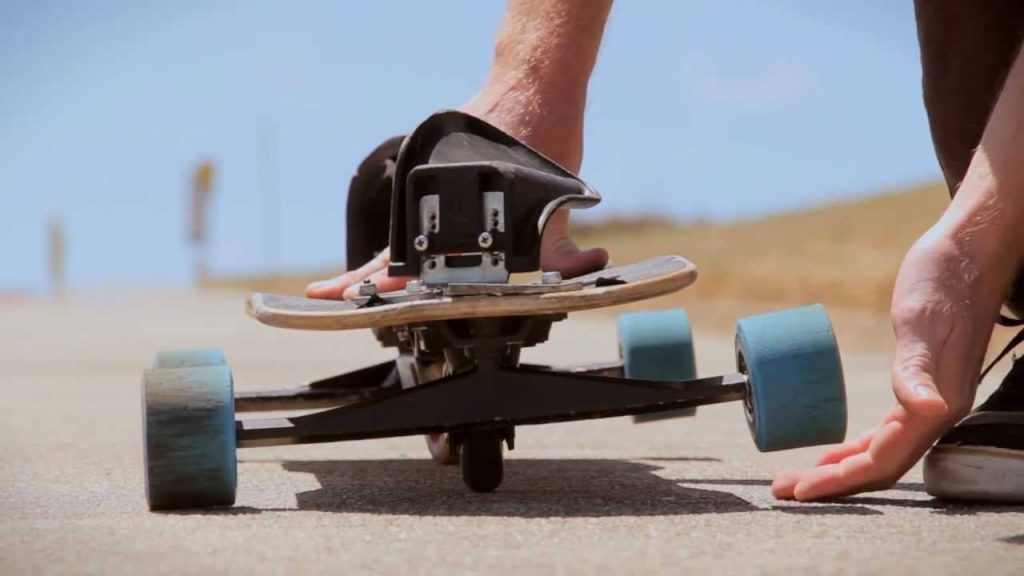
Advantages
- Suitable for intermediate-advanced surfers
- Performs well in most conditions
- Great alternative to a shortboard.
Disadvantages
- Harder to duck dive due to the increased volume
- Not ideal in hollow waves.
This surfboard is suggested for intermediate surfers who prefer a combination of two board qualities.
4. Funboard
This board is similar to a shortboard but with more volume. It is small in length and has a bit wider nose and fin tail. This feature makes it possible for surfers to catch the waves effortlessly. This board is a bridge between the longboard and the shortboard. The size of this board is within the range of 5 to 6.2 inches which is a bit small among other surfing board types.
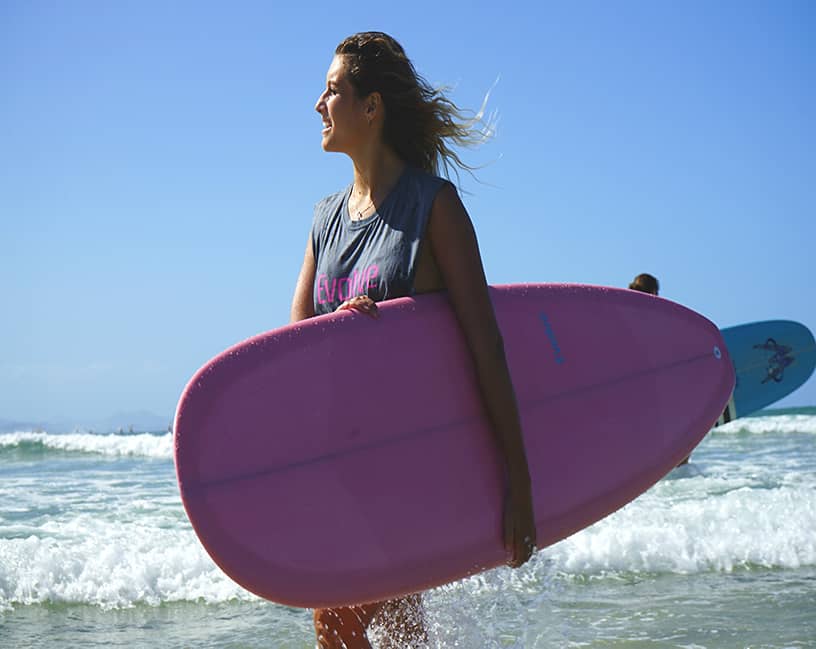
Advantages
- Catch waves easily
- Performs well in weak/small surf
- Thick boards like a fish don’t snap as easily
Disadvantages
- Only suitable for intermediate surfers
- Not suited for hollow or large waves
- Not as performance orientated as a shortboard
This board is suggested for intermediate surfers who are tired of the longboards.
5. Fishboard
This surfboard which is frequent in the summer is short, flat and wide in shape. It is a better option to the shortboards as they tend to be faster against the slow breaking waves. This is due to the fact that they are a low rocker and well plane surfboards. It is easier to surf this board because of the extra volume it has but difficult in hollow waves. The size of this board is within the range of 5 to 5.2 inches with two large fins.
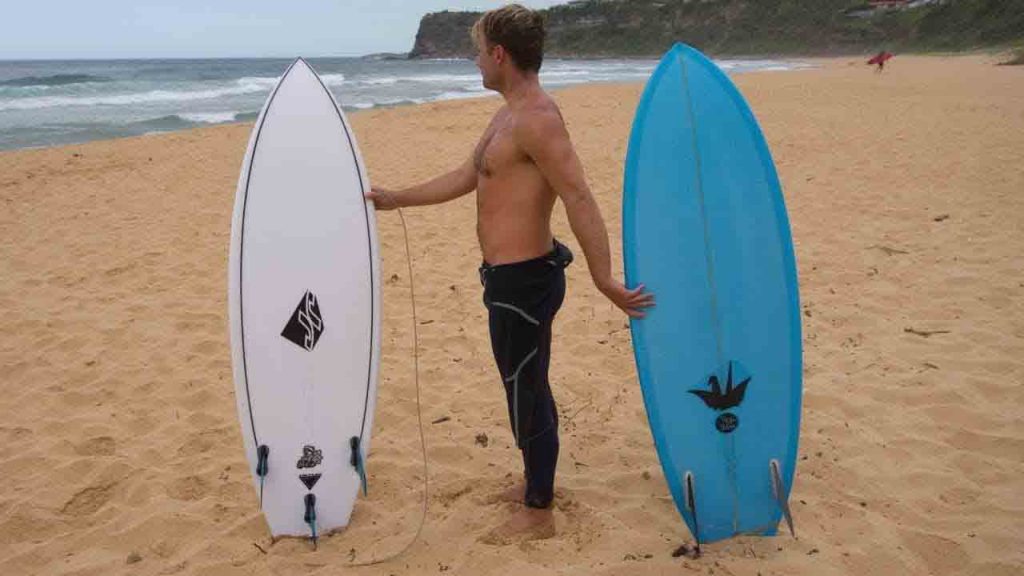
Advantages
- Catch waves easily
- Performs well in the weak/small surf
- Thick boards like a fish don’t snap as easily
Disadvantages
- Only suitable for intermediate surfers
- Not suited for hollow or large waves
- Not as performance orientated as a shortboard
This board is suitable for those who desire to transit from longboards to shortboards.
[amazon bestseller=”Fishboard” items=”3″ grid=”3″]6. Gunboard
For those who seek extreme surfing with a high performance against big waves, this will serve as the best board. 7 to 12 inches in length with a pintail, tells you that it is a stable longboard that can paddle through big waves with ease. They come with a narrow nose feature and 3 fin setup. They are not in any way suitable for beginners.
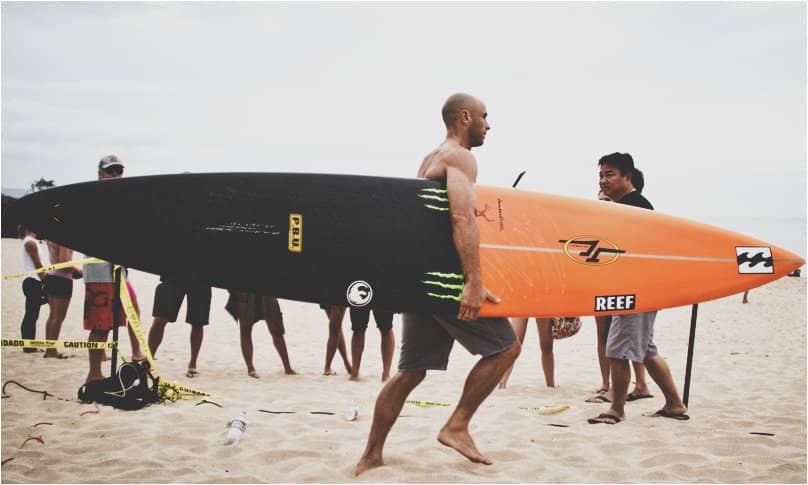
Advantages
- Ideal for catching huge waves
Disadvantages
- Difficult to duck dive
- Difficult to travel with
- Only suitable for huge waves
This board is suggested for those who love extreme surfing through big waves.
7. SUP Board
This is a type of surfboard designed for those who love standing while surfing or paddling. This board is buoyant, well balanced, large and wide, and similar to longboards. One has to be trained and skilled enough to handle the paddle while maintaining the balance because it is very fast to catch the waves. We have the inflatable and solid types of this board.
This board can bring you fun on flat water, but you may give it some maintenance like occasional waxing. The size of this board is in the range of 9-12 inches with a different fin setup. This board is well suitable for those who love standing on the board while surfing.
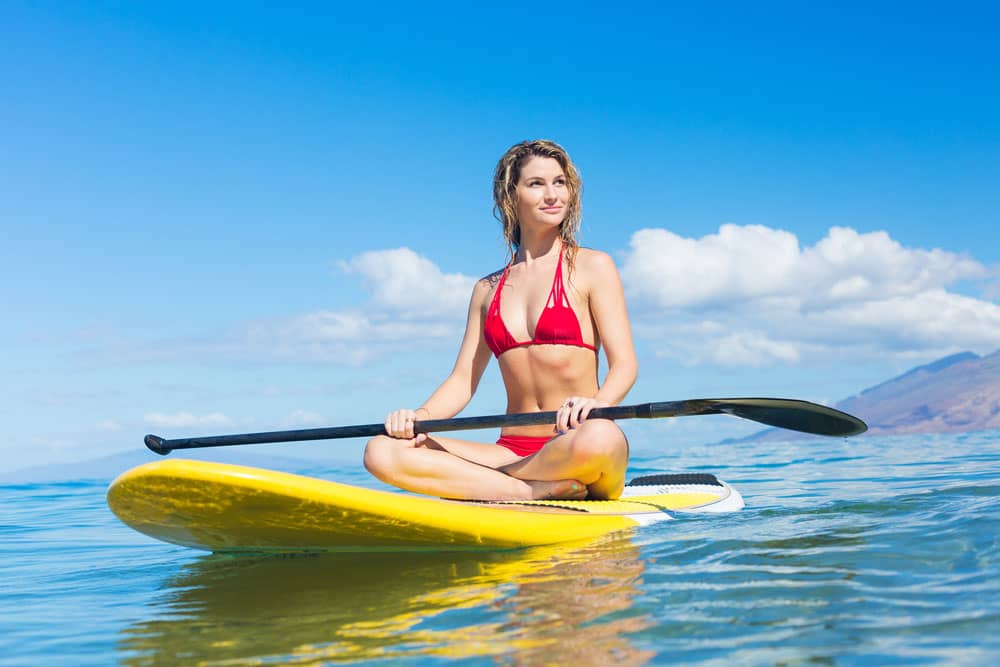
Advantages
- Suitable for those who love standing on boards
- Very fast to catch the waves
- Stable board for surfing
- Have a variety of fin setup
Disadvantages
- Impossible to duck dive
This board is suggested for those who want to stand and catch the waves faster than any other surfboard out there.
Conclusion
Making the right choice when it comes to choosing the right surfing board types is very crucial to achieve your surfing adventure. It is advisable for beginners, intermediate and advanced surfers to stick to the surfboard of their class as this will help to erase frustration while trying to achieve your surfing adventure.

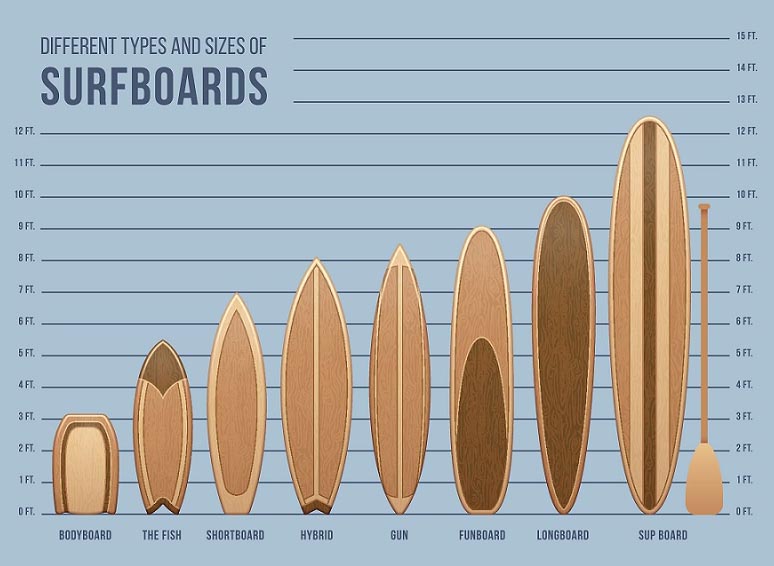
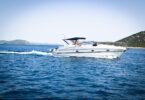

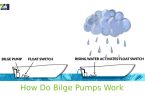

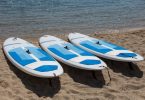

Leave a Comment